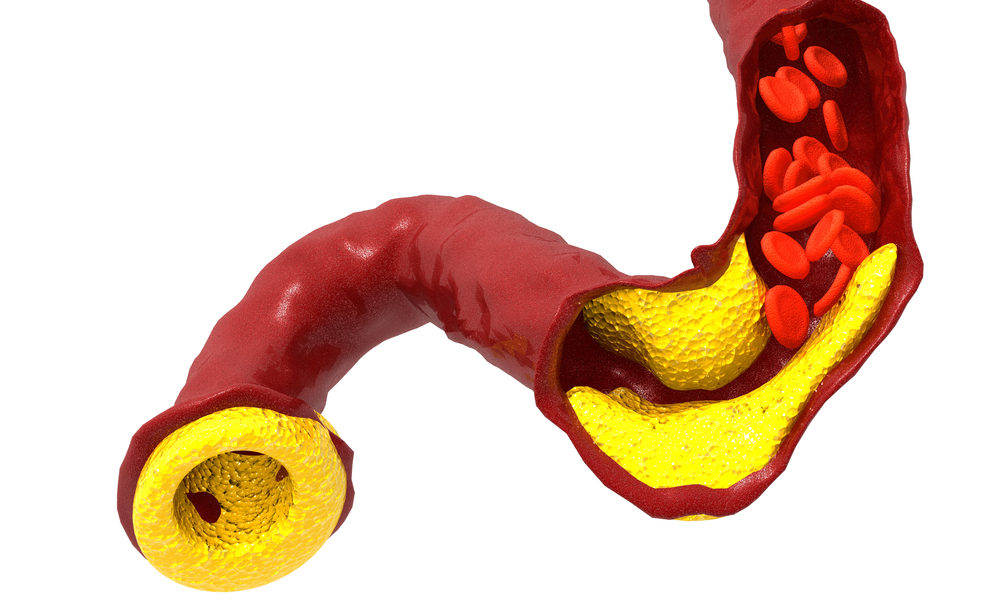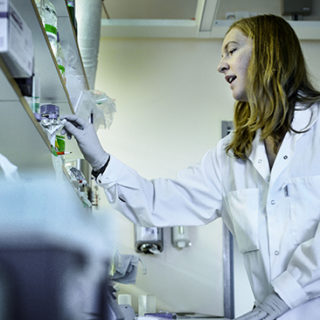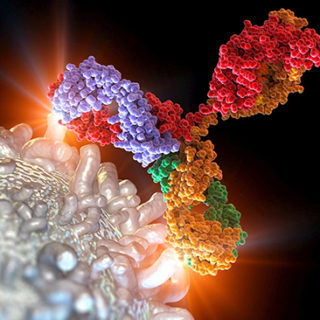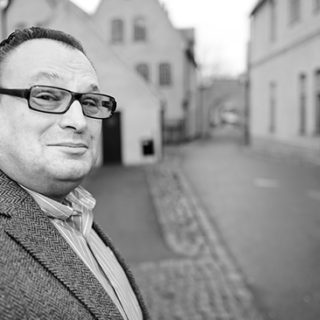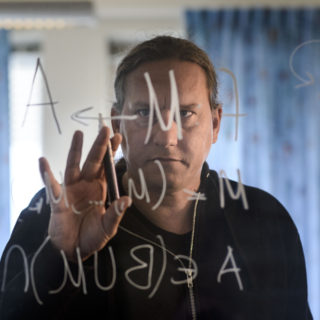New technology discovers harmful plaque in blood vessels
“The most common cause of death and the most disabling illness worldwide is plaque in the blood vessels which, if they rupture, can lead to a heart attack or a stroke”, says Isabel Gonçalves, Professor in cardiologist at the Clinical Research Centre in Malmö. “However, today there is really only one treatment method, and we have too little knowledge of what distinguishes harmful from harmless plaque”, she continues.
Plaque occurs when fat accumulates on the walls of blood vessels. Because fat should normally not be there, the area becomes inflamed and attacked by the body’s immune system. A core is formed, consisting of fat and dead immune cells which, when consuming large quantities of the fat, become poisoned and die. The inflammation encourages the tissue cells in the vessel walls to migrate and form a coat around the core to encapsulate and limit the extent of the constriction. In this state, the plaque can exist in the blood vessel without causing any symptoms. It is when the capsule around the plaque is weakened and rupture that it becomes dangerous. Isabel Gonçalves and her colleagues are trying to find out why this happens and how to find harmful plaques before they rupture.
THE TEAM HAS ACCESS to one of the world’s largest and most detailed biobanks of plaque collected from approximately 900 patients. In addition to the plaque, blood samples and various types of images of the plaque, before it was removed through surgery, have been taken from each patient.
“Having so much information about the plaque gives us the opportunity to make a very broad analysis of each plaque”, says Isabel Gonçalves. “We can, for example, find out which genes are expressed and which components the plaque consists of.”
Because the researchers also have access to patient blood samples, they are able to investigate whether some of these components can be found in the blood and, if so, be used as biomarkers – that is a molecule that, if found, can tell us how the patient feels. Harmful plaque could then be detected with a simple blood test.
Through a collaboration with the Lund Faculty of Engineering (LTH), new techniques for analysing plaque using ultrasound have been developed. Ultrasound is already used in healthcare by, for instance, midwives when examining pregnant women.
“But many of the machines used in clinics filter out a lot of the raw data to provide better looking images. When it comes to plaque, this information could be very important”, says Isabel Gonçalves.
HOWEVER, using mathematical algorithms, the engineers at LTH were able to preserve the raw data and transform the “noise” into colours on the ultrasound image which allows for a more detailed examination of the plaque without having to surgically remove them.
Isabel Gonçalves enjoyed working together, even though it took a while before the engineers and physicians “spoke the same language”.
“We come from such different worlds”, she says. “However, once we understood what the other was looking for it was a perfect marriage between our different skills! And working together allows us to deliver new diagnostic methods more quickly to patients.”
ANOTHER INTERDISCIPLINARY collaboration emerged by accident when Isabel Gonçalves was standing in the lift talking to Sören Mattsson, Professor of Medical Radiation Physics.
“I was complaining about the fact that I wasn’t able to give answers to my patients who were desperately wondering how long they had been walking around with plaques in their blood vessels without knowing it”, she says. “He then told me that he and nuclear physicist Kristina Stenström could find out!”
The researchers used the Carbon-14 method – usually applied by archaeologists for dating ancient remains and fossils – to determine how the plaques were. It turned out that certain parts of them were up to 25 years old.
“In other words, if we can determine how to prevent the formation of plaque, it pays off to start early!”, says Isabel Gonçalves, who currently finds it difficult to give any general advice on how it should be done, as there is no scientific evidence to support any specific approach.
“Other than the general health advice, that is”, she says. “Manage your weight, exercise, don’t smoke, and avoid stress and eat a balanced diet”
Text: Catrin Jakobsson
Facts
-
Biobank
-
An archive in which biological samples are stored to be used in for research
-
CRC


